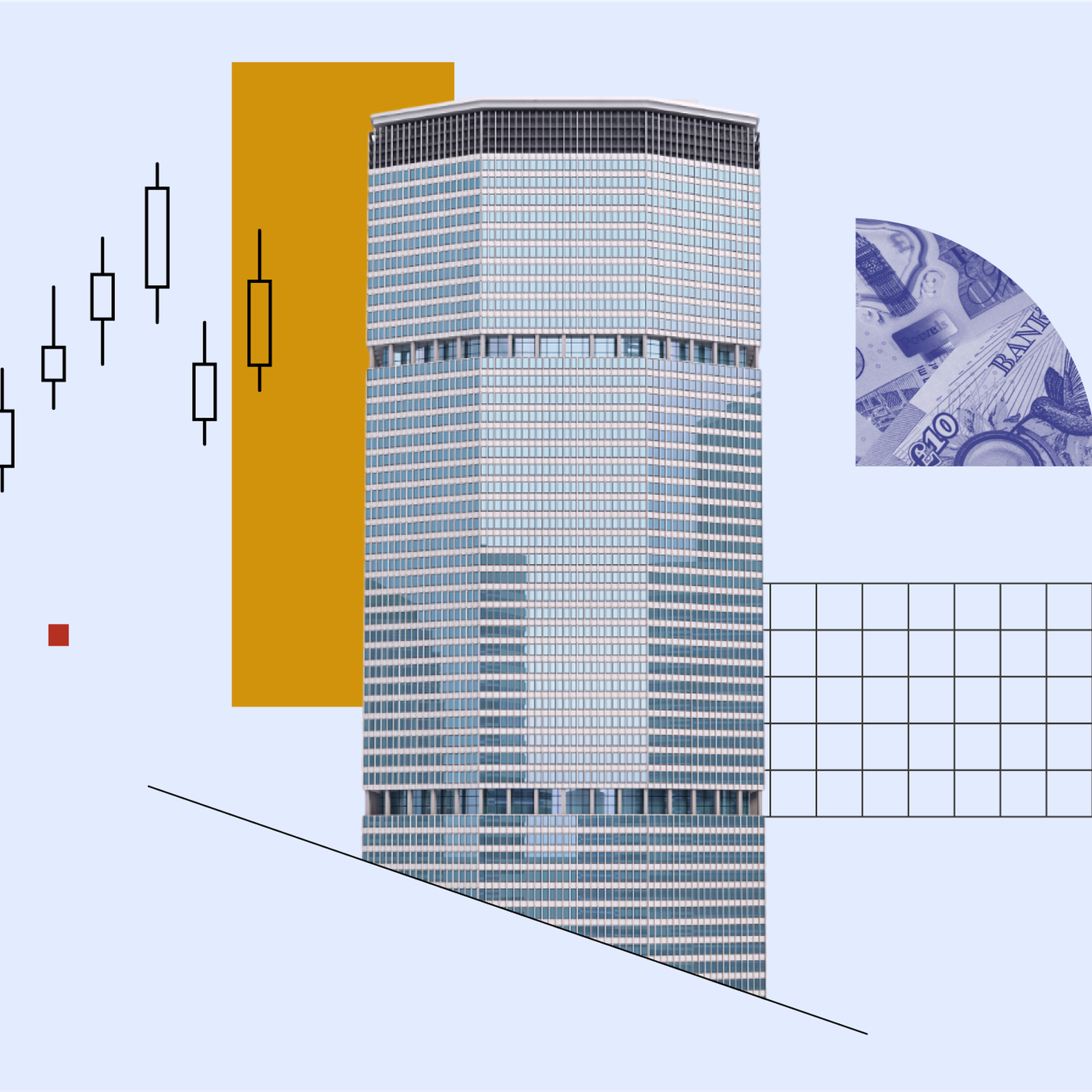US Elections: What Should Investors Do?
As the US goes to the polls, Jocelyn Jovène speaks HSBC Asset Management‘s global chief investment officer Xavier Baraton about what could await investors on the other side of the election
The financial markets are gearing up for a major political event, against a relatively positive economic backdrop of falling inflation and interest rates, and perhaps the absence of a recession.
To find out what investors should be doing and what they should be paying attention to, I’m with Xavier Baraton who is the Global Chief Investment Officer at HSBC Management.
So, Xavier, next week sees the presidential election and a senatorial by-election in the United States. How do you think the presidential election could affect the financial markets?
We’re expecting a rebound in volatility around or after the election. In fact, with volatility now close to its long-term level this year, so with upside potential, US equities have been relatively resilient, with tech and growth stocks performing very well. As you know, despite the rise in interest rates.
So they’re a little more vulnerable in terms of price.
Also, European export stocks, which could be impacted by an increase in tariffs if Donald Trump is elected.
We’re relatively confident about emerging assets in general, which are currently valued in a Trump scenario.
So we think they’ll do well in any scenario. They’ll do well in any scenario.
A final comment on the dollar and interest rates, which have risen quite sharply over the past month in the United States.
Both a powerful Trump scenario and fears of a drifting US deficit.
And we now believe that it presents an interesting entry point.
Finally, the scenarios may also depend on the balance within the US Congress.
Of course, with a partition, a Speed Congress as they say, which would be a factor of stability in this case.
Morningstar: We talked about equities. If we look at the valuation of equity markets today, we have both relatively expensive markets, such as the United States and India, and much less expensive markets, such as China and the United Kingdom. European equities are rather close to their fair value, with many divergences between equities and sectors. As an investor, what is your current view on equity markets in general, and where do you see opportunities for the end of the year and perhaps the beginning of next year?
We’re taking out a soft landing scenario of economic deceleration, a soft landing for 2025 with a good situation, profits in general for companies around the world.
So we prefer a scenario of extended growth in both revenues and stock performance, and we’re encouraging investors.
In fact, we prefer sectors that are a little less popular today, i.e. value and defensive sectors, with relatively low volatility.
We’re still keeping an eye on the interest rate situation, as I was explaining, since the rise is quite strong, the fear of a US budget deficit that remains high, and the possibility that growth will remain sustained, with an eventual fall in inflation that will take longer to defer the FED’s rate cuts.
Ultimately, these high rates would come to bite, impacting US economic growth, with “hard landing” scenarios in such a scenario, worthy of more marked slowdown scenarios, becoming more visible and impacting equity portfolios.
So, once again, we prefer more defensive stocks.
Morningstar: If we look at the fixed-income market, you mentioned that part of the yield curve has weighed a little on the asset class. There have also been falls in inflation, and much more accommodative policies on the part of the Fed and other central banks. In your opinion, is it justified, is it wise to add duration to portfolios, to try and capture some of the higher long-term yields?
Yes, particularly around the election, since we’ve seen interest rates in the United States rise quite sharply over the past three weeks. In a scenario where Donald Trump is elected, while inflation continues to decelerate and while the price of raw materials, particularly oil products, has fallen quite sharply over the last week.
So, for us, there’s a window of opportunity to be seized at a time when the curves are steeper, so the short parts are going to become less remunerative for investors to lengthen their duration and come, to take yields on quality credit preferably, or government bonds or quality yield which also seems interesting to us.
You don’t need to take a lot of credit risk when you have real interest rates or government bonds or investment credit bonds that offer you the current yields on the dollar or euro markets.
Morningstar: Finally, we’ve seen that risky assets are on the rise this year. This is also the case for gold and bitcoin. We also have private assets, in particular debt, which seems to be very popular with institutional investors. Do you think these assets can be useful tools in a diversified portfolio? How can they help generate returns or mitigate risk?
In this respect, we have a real preference for private debt. Today, gold has performed very well over the last few years, in a scenario where geopolitical risk remains prevalent in inflationary scenarios.
But we believe that gold is more vulnerable today in this scenario of inflation returning to its long-term targets.
For us, Bitcoin is always a complicated asset class in a diversified portfolio, with correlations that can be very, very variable in relation to other segments, and volatility that is, of course, spectacular.
So the risk/return ratio is criticized, rather dissuasive and unfavorable.
In contrast, private debt offers enormous opportunities.
From our point of view, it’s still a growth sector that continues to take up a growing percentage of institutional allocations, but also increasingly in the portfolios of individual investors.
Given the benefits in terms of yield, risks in terms of the yield you can capture, and economic diversification, since the volumes of debt issued today are growing year after year and coming, we believe that this sector will continue to grow.
are growing year after year, and are now competing with traditional bond portfolios.
So, here again, very clearly, a source of diversification for investors.
Morningstar: Xavier, thank you very much for my story. I’m Jocelyn Jovène. Thanks for watching.
The author or authors do not own shares in any securities mentioned in this article. Find out about Morningstar's editorial policies.





